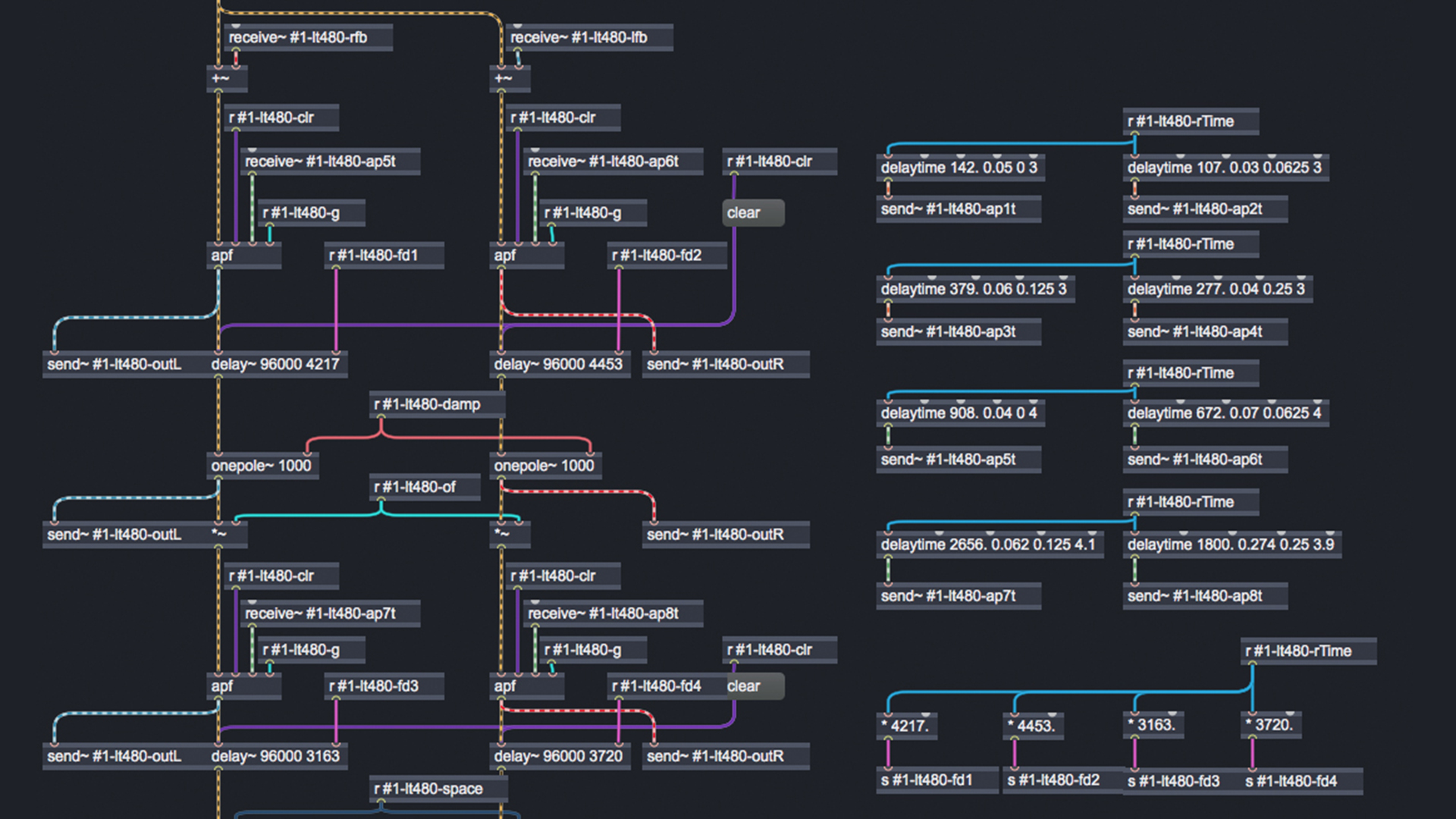Originally posted by MrGongGong
View Post
Microphones - Rolls Royce vs Ford Escort!
Collapse
X
-
I went to a talk some while back by people who were doing video for an organisation, and it seems there was interest in ambisonics because of the flexibility of recording and post processing. I've mostly been interested only in the sound aspects, but it seems that film producers are interested in the ability to shift audio "things" to post processing - as indeed they have done with film/video over the last couple of decades.Originally posted by Bryn View PostThere is a couple of other ambisonic microphones which just about edge into the enthusiast, as against professional, end of the market. These are the Sennheiser Ambio VR, and the SoundField by RØDE NT-SF1. With the addition of a fully compatible recording device such as the Zoom F4 recording device, such alternatives start at over 4 times the cost of the little self-contained Zoom H3-VR. Either of the alternatives, however, offer significantly better results (superior mic. inserts, better build, etc). What the H3-VR has going for it is its very compact, integrated nature. Possibly tonight, and certainly tomorrow night, I plan to make simultaneous recordings of performances at iklectik using both the H3-VR and an NT-SF1/F4 combination, with the two mic. clusters close to each other.
To deal with your final paragraph, the main thrust of renewed interest in ambisonics appears to be in connection with 360° video recording for Virtual Reality applications. However, stereo and binaural and planar surround outputs such as 5.1 can be derived from the 4 ambisonic channels via suitable (free) software.
Comment
-
-
And if one wants to avoid using Google, there's always duckduckgo.Originally posted by MrGongGong View PostYou seem to struggle to find things that are very easily searched for ....
Comment
-
-
And I have today been recommended to Ecosia, which worked for me.Originally posted by Bryn View PostAnd if one wants to avoid using Google, there's always duckduckgo.
Comment
-
-
Sorry to upset you....Originally posted by MrGongGong View PostYou seem to struggle to find things that are very easily searched for ....
I thought Ambisonics had largely vanished, but obviously there's been a resurgence. I actually set up the very first prototype system, which used Calrec microphones and retort clamps. It looked as though it might become a viable system for a while, but there were other competing surround sound systems being developed at the time. Initially it was Michael Gerzon's idea, with help from Peter Craven, but later on Peter Fellgett (https://web.archive.org/web/20120927...008-11-25.aspx) took it perhaps a little further and the Soundfield microphone was developed. I think the earliest systems just used linear encoders, but later ones exploit some psycho-physical effects. Some recordings were issued using UHJ formats - a list of some discs is here - http://www.surrounddiscography.com/uhjdisc/uhjhtm.htm
Comment
-
-
I have been using the duck for some time. The claim that it doesn’t track one may be correct, but unfortunately it looks as though many sites still manage to get enough info to supply very targeted adverts in side or other panels even using DuckDuckGo.Originally posted by Bryn View PostAnd if one wants to avoid using Google, there's always duckduckgo.
Comment
-
-
I didn’t know about this one. It presumably doesn’t avoid adverts, but maybe exploits any revenue for a possibly useful purpose. https://www.ecosia.org/?c=en - tree planting it would appear. It does claim to have some privacy benefits, though I find it hard to believe that each search will “save” 1kg of CO2. There is an iOS version.Originally posted by kernelbogey View PostAnd I have today been recommended to Ecosia, which worked for me.
The duck is supposed to have the benefit of rendering one’s searches more anonymous, and not keeping loads of “personal” data which can be tracked. The duck is also able to work in an iOS environment - https://www.softwarert.com/set-duckd...e-iphone-ipad/
Comment
-
-
Thanks. Duly downloaded.Originally posted by MrGongGong View Post
By the way, I have been using the RØDE NT-SF1 and Zoom H3-VR in close proximity for comparison. The latter has been coming out rather better than I expected. Not on a par, but pretty good for the price and convenience of portability.
Comment
-
-
Regarding the Zoom H3-VR, I recently used it, suspended, inverted, above the performance area of a production of Tom Philips's chamber opera, IRMA. To my dismay, inverting the device resulted in left and right getting swapped, contrary to expectations. Easy enough to deal with for the stereo and binaural conversions carried out via the Zoom Ambisonics Player software (just a case of swapping channels in Sound Forge) but sorting the 5.1 surround derivation was rather more problematic. Using spectrum analysis to work out which was the sub-bass channel, it transpired that in Sound Forge Pro 11, channels 1 and 2 are Front left and right, respectively, Channel 3 is the centre channel, Channel 4 the sub-bass, and Channels 5 and 6 the rear left and right. Channels 1, 2, 5 and 6 had to be copied and pasted individually as single mono files, then copied and pasted into their appropriate places in the 6 channel mix. Trying to simply select and swap channels 1 and 2 or 5 and 6 just would not work. A bit of a pain but oh what a sigh of relief when it all came together. Hurrah for the Oppo UDP-203 which happily plays 5.1 FLACs from a USB memory stick.
Comment
-

 )
)

Comment